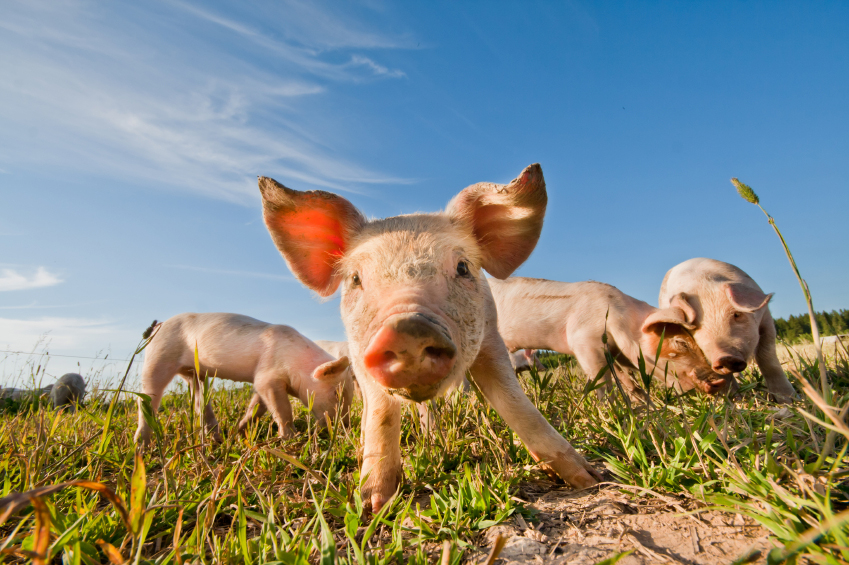Animal-human chimeras could provide an alternative to organ donation. However, this new approach raises concerns and warrants caution.
An animal-human chimera is obtained by injecting human cells into animal embryos a few days old. These embryos are then implanted in female livestock. These experiments can be carried out thanks to advances in stem cell biology and gene modification techniques, “By modifying genes, scientists can easily alter the DNA in pig or sheep embryos such that they are incapable of forming a specific tissue. Then, by adding human stem cells[1], scientists hope that the human cells will go on to form the missing organ”.This produces a chimera with “the body of an animal and one or more human organs”. These experiments have only been carried out in animals to date.
In September 2015 in the United States, the National Institute of Health announced that “it would no longer finance studies involving animal-human chimera unless these studies were vetted for their social and scientific implications”.
However, these American research centres have generated finance to develop human tissues within pigs and sheep“to create hearts, livers and other organs for transplantation”. The MIT technology review estimates that “over 60 litters of pig-human or sheep-human chimera have been created over the last twelve months in the United States”. These experiments “have not yet been described in scientific studies and no chimera have been developed through to term”. “We do not want to develop chimera in advanced stages to avoid fuelling the debate,” declared Pablo Ross[2], “but there are already questions that need to be addressed. For the time being, the human cell contribution to animals is 3 to 5%. However, what would happen if a 100% human brain were implanted? What would be the outcome if the embryo that developed was mostly human?”
[1]Scientists use iPS cells, i.e. reprogrammed human cells which prevent any graft rejection.
[2]Veterinary Surgeon and Research Biologists at the University of California.
MIT Technology Review (6/01/2016)

